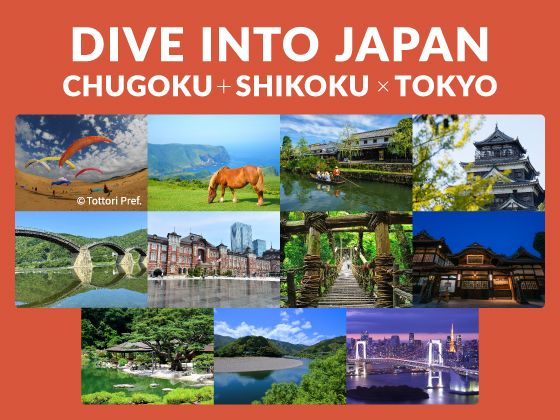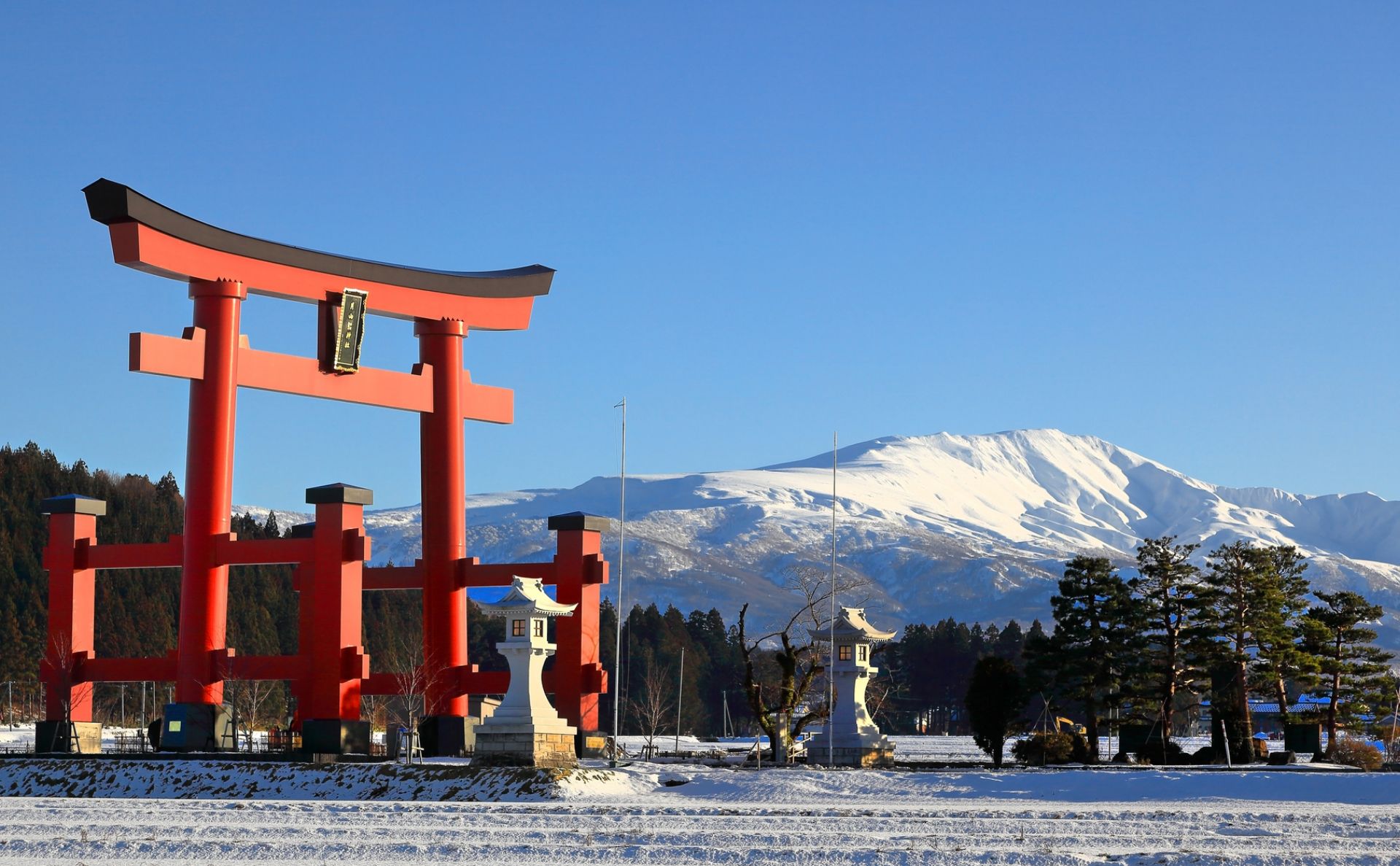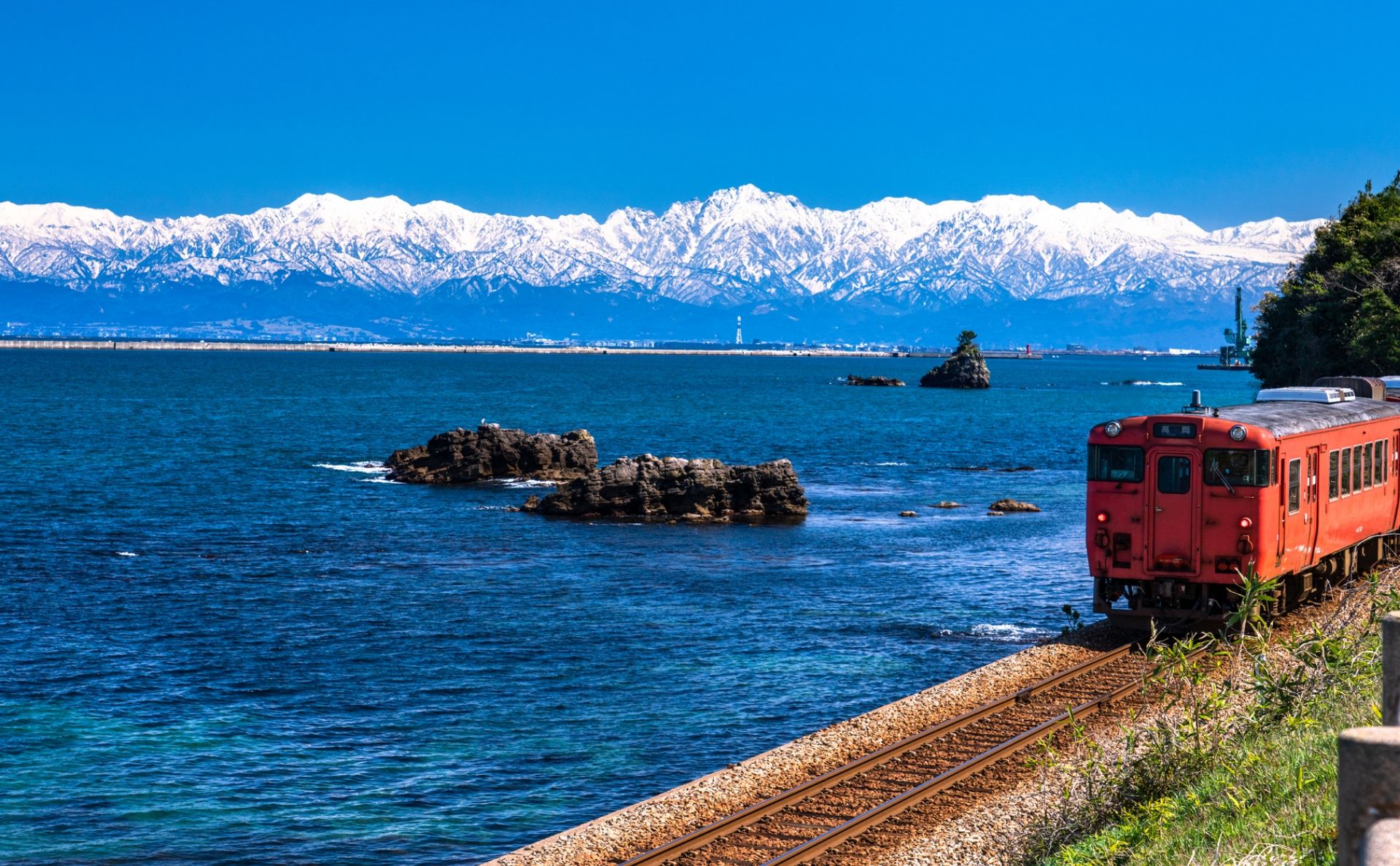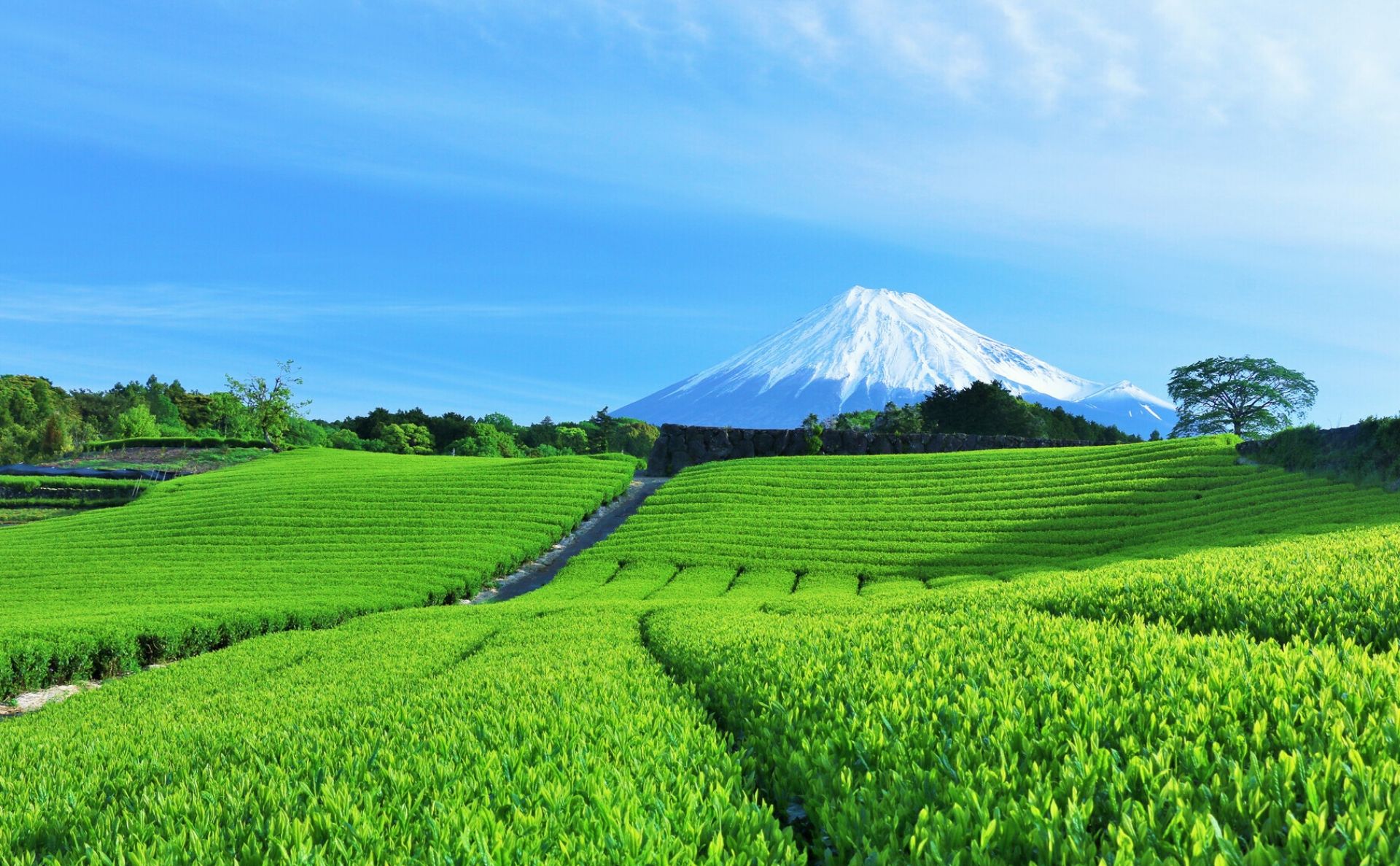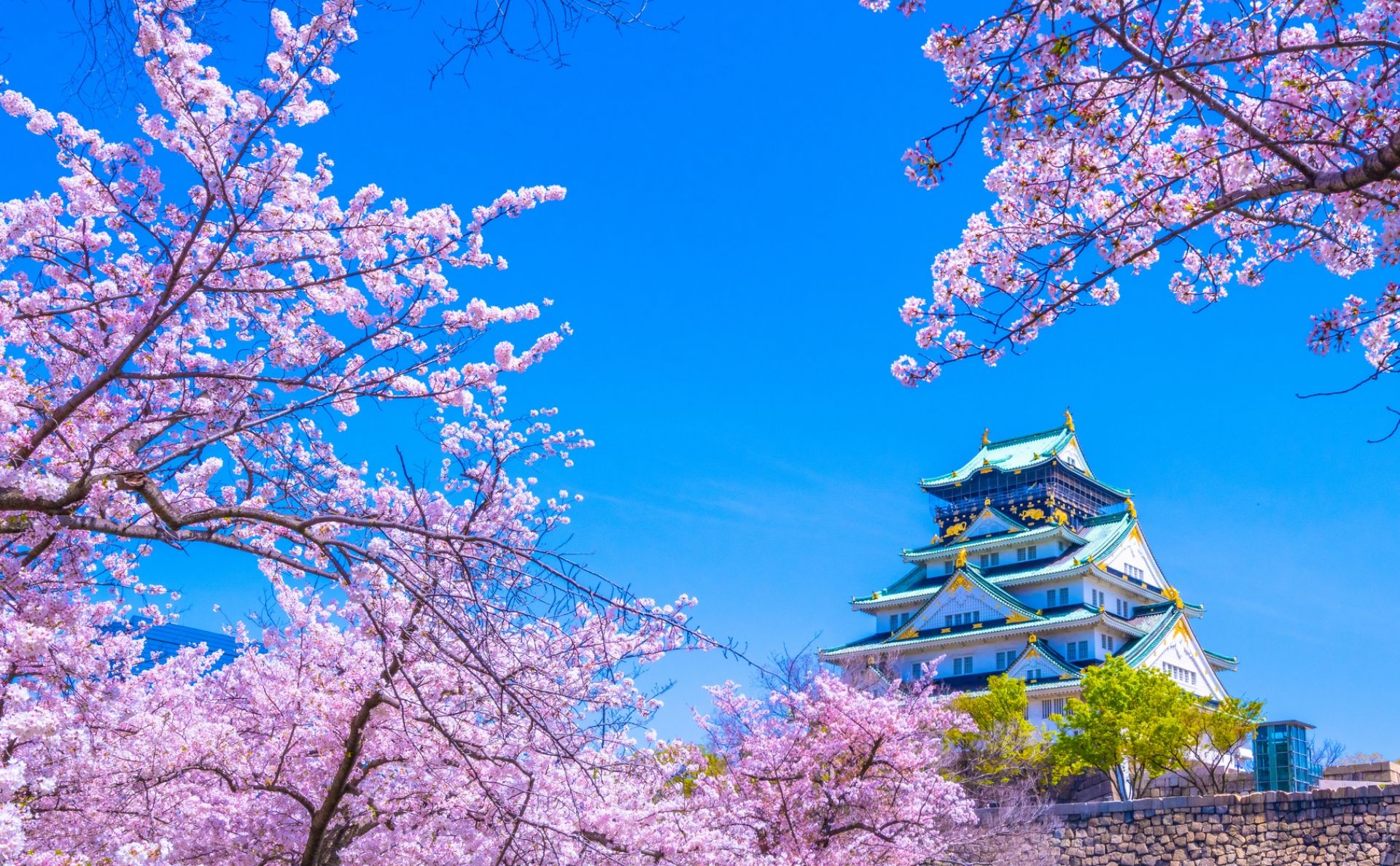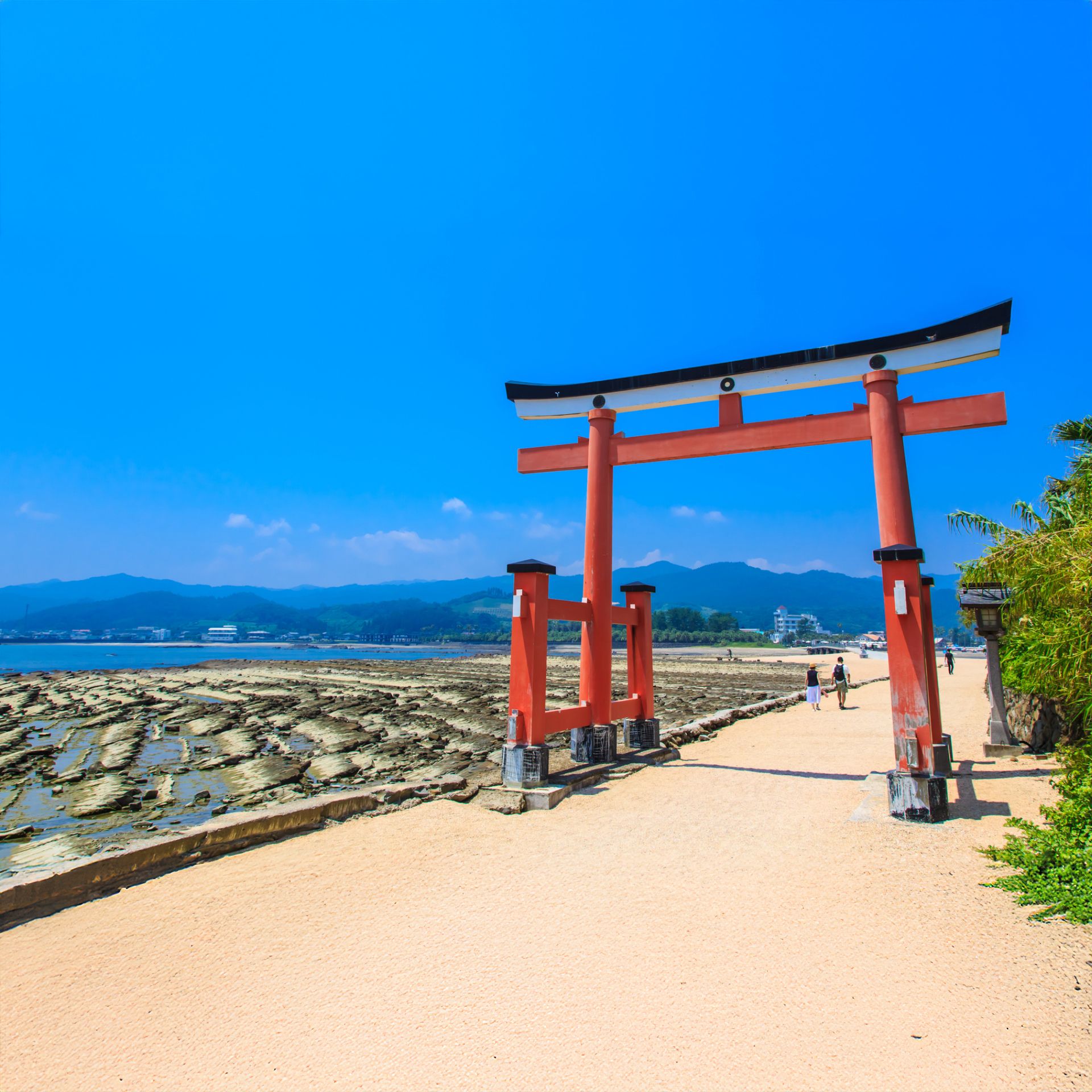Chugoku & Shikoku
Calming the Mind Through Zen
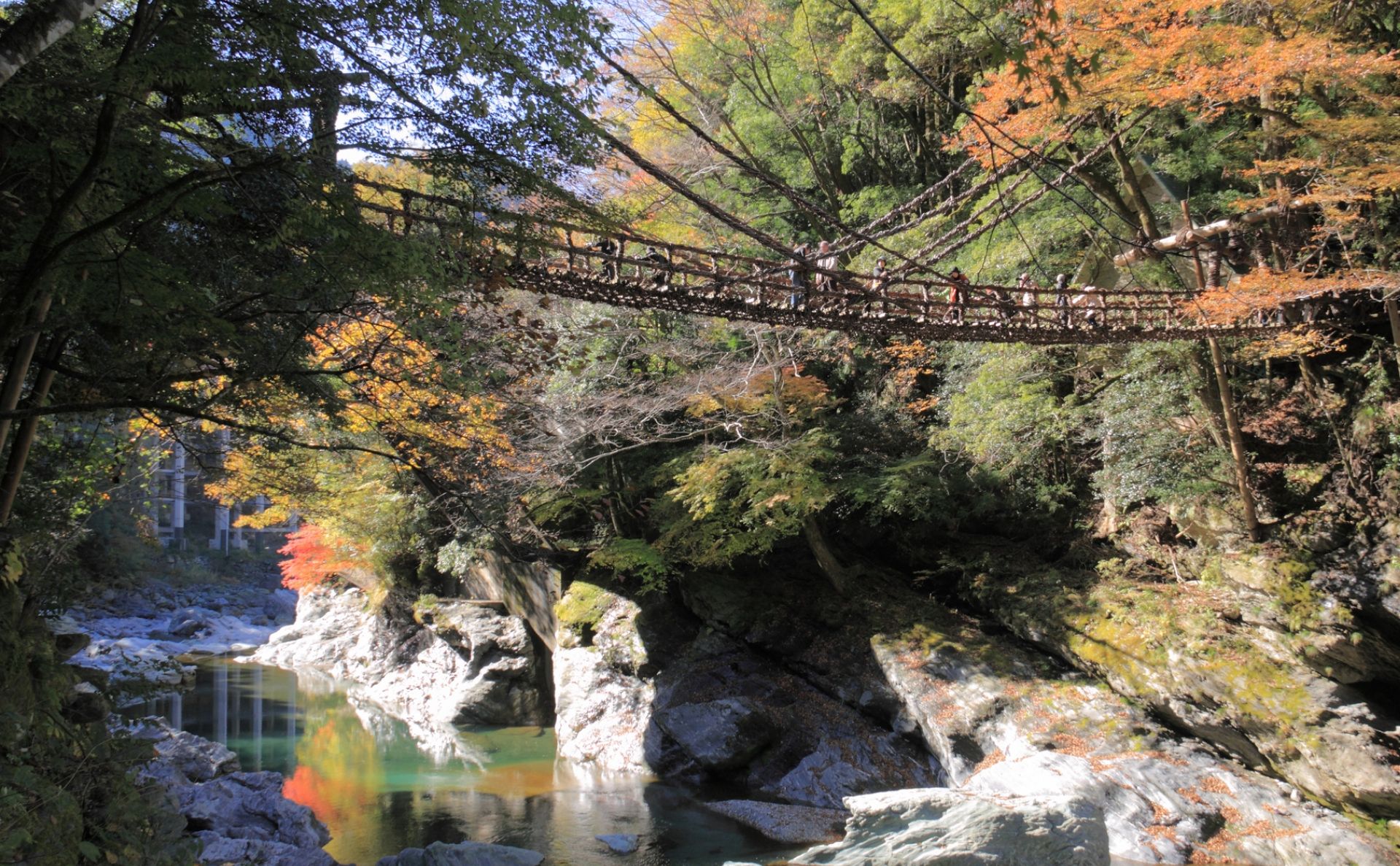
Discover the quiet beauty of Chugoku and Shikoku, where ancient temples, peaceful landscapes, and authentic traditions offer a tranquil retreat. From spiritual experiences to comforting cuisine and lush nature, this journey encourages you to slow down, breathe deeply, and reconnect through the wisdom of Zen.
Tokyo
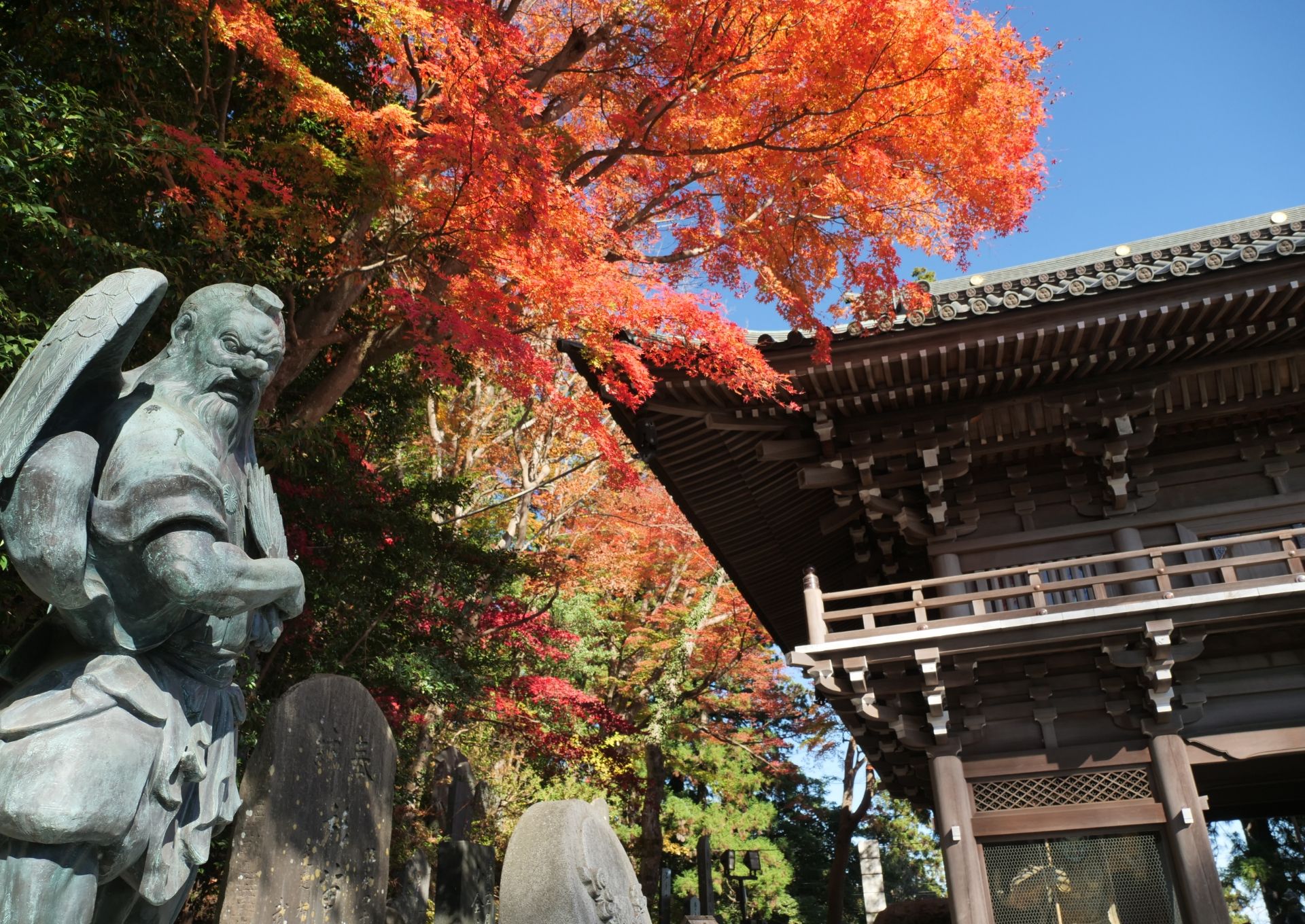
Mount Takao, Tokyo
Before heading west to the Chugoku-Shikoku region, start your journey near Tokyo at Mount Takao, an easily accessible sacred peak about an hour from central Tokyo. Rising 599 meters above sea level, this mountain has been revered since ancient times as a site of spiritual practice and nature worship. It is also popular among hikers and climbers as a starting point for the Tokai Nature Trail.
At its heart stands Takaosan Yakuoin Temple, where pilgrims come to pay respect to Iizuna Daigongen, the mountain’s guardian deity. With well-preserved forests and a rich ecosystem, Mount Takao is an example of harmony between nature and faith. You can hike one of several scenic trails or ride a cable car through the greenery to reach the summit. It’s the perfect introduction to a journey that will take you deeper into Japan’s profound spirituality.
After your refreshing hike, catch a domestic flight from Tokyo to Kochi, and you're all set to go.
The Chugoku-Shikoku area includes the western part of Honshu and the smallest of Japan's four major islands. From Tokyo, it takes about 90 minutes by plane or four to five hours by bullet train.

The Chugoku-Shikoku area includes the western part of Honshu, Japan’s main island, and Shikoku, the smallest of its four main islands. From Tokyo, it takes about 90 minutes by plane or four to five hours by bullet train.
Kochi
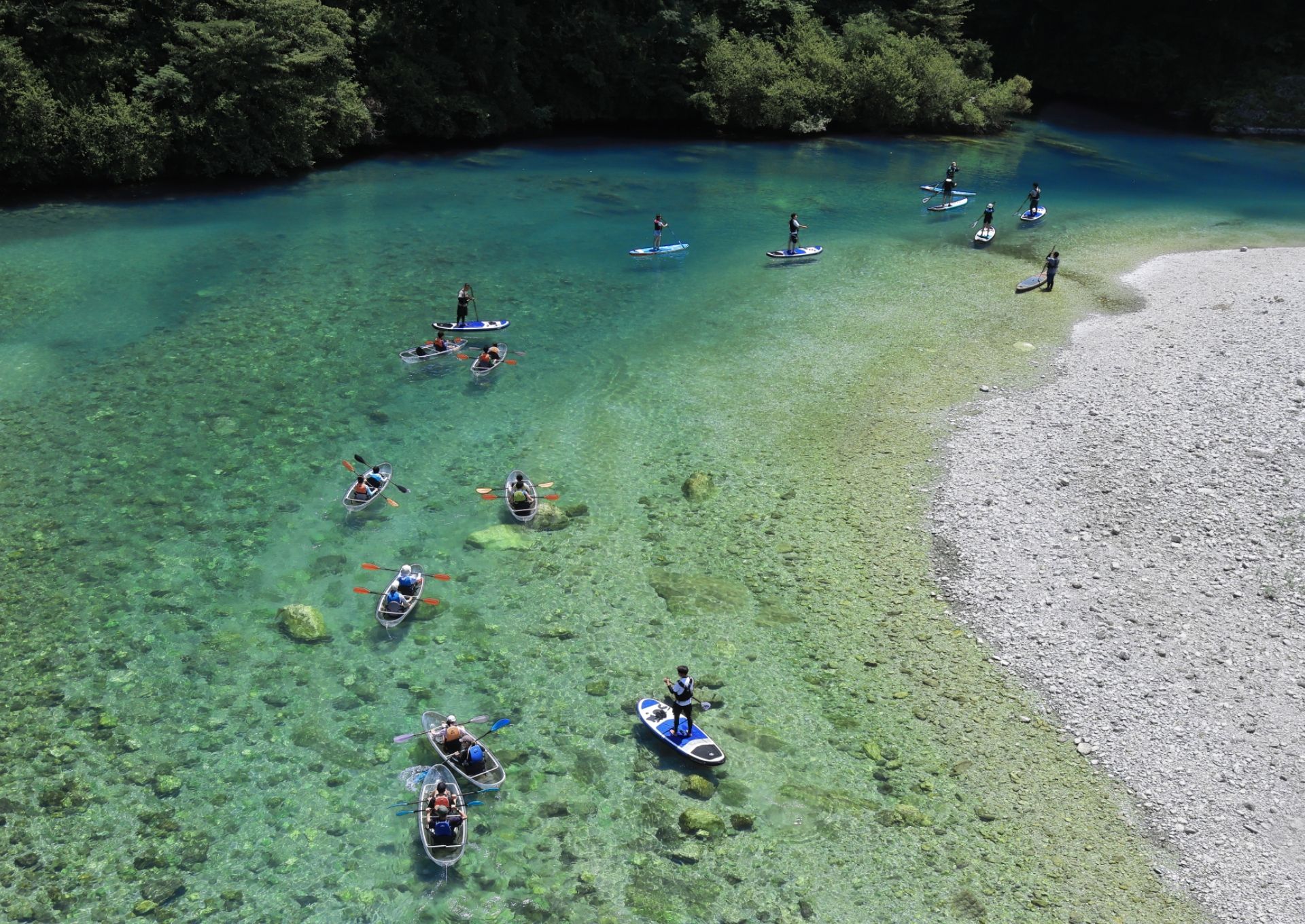
Niyodo River, Kōchi
Photograph courtesy of Niyodo Blue Tourism Council
Kochi Prefecture, situated on the southern coast of Shikoku, offers stunning natural beauty, distinctive local cuisine, and a peaceful atmosphere that encourages deep relaxation. One of its many highlights is the Niyodo River, praised as one of Japan’s clearest streams. Flowing 124 kilometers from the Shikoku Mountains, it is consistently ranked as the purest river in the country, with crystal-clear waters known as 'Niyodo Blue'. The river’s surroundings are ideal for outdoor activities including canoeing and SUP, giving you a chance to get close to the pristine waters. Cherry blossoms in spring and beautiful foliage in fall enhance the breathtaking scenery. Along the riverbanks, traditional chinka-bashi (submersible bridges) and rural villages provide a window into local culture and artisanship. Visiting the Niyodo River isn’t just about enjoying a scenic view; it's an opportunity to reconnect with nature and perhaps yourself.
From Kochi, limited express trains will bring you to the next destination – Tokushima – in less than three hours.
Tokushima
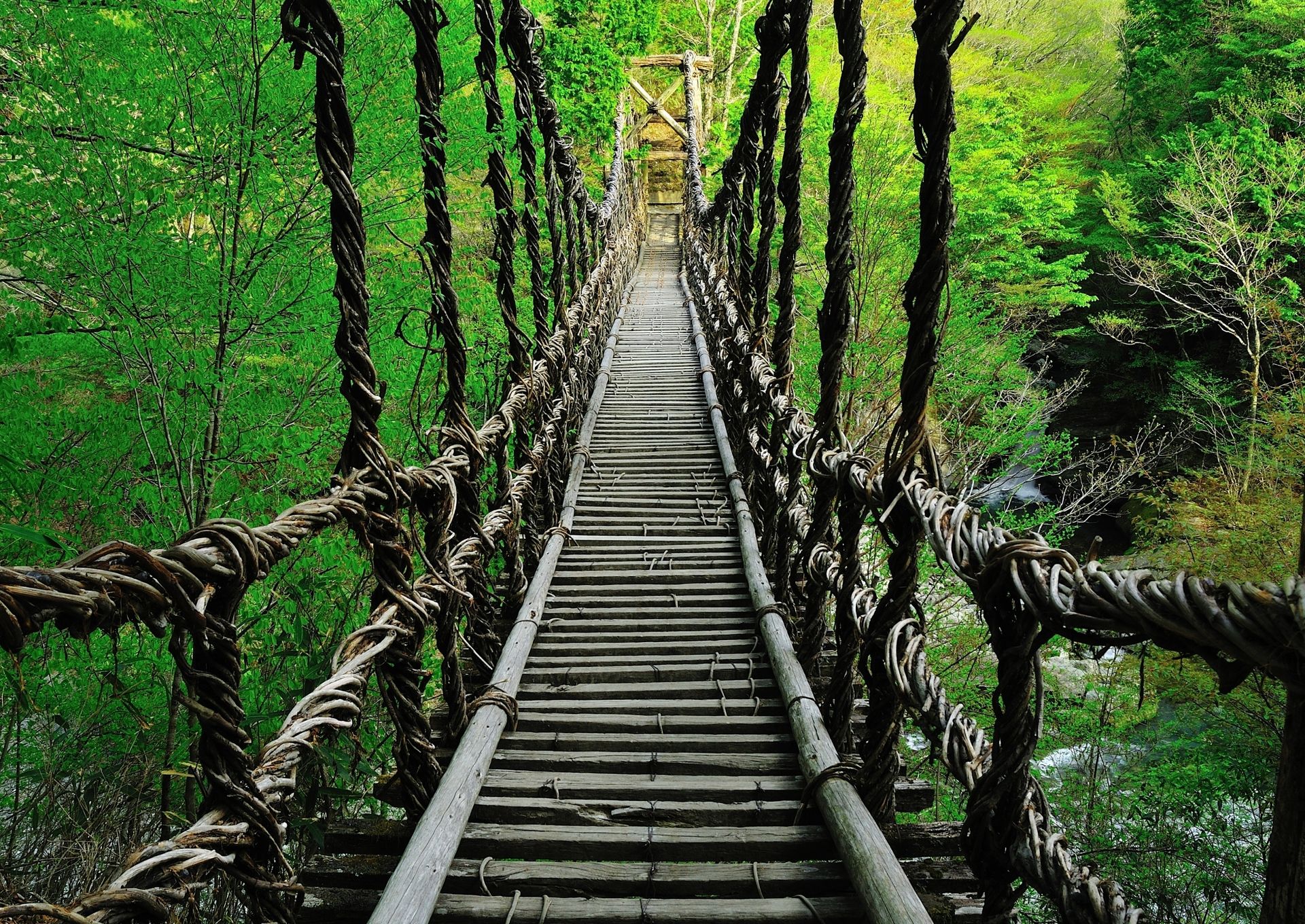
Iya Kazura Bridge, Tokushima
Located in eastern Shikoku, Tokushima Prefecture is characterized by dramatic mountains, deep valleys, and a rich spiritual heritage. It also attracts thousands of visitors every summer for the Awa Odori dance festival. One of its landmarks is Mount Tsurugi, the second-highest peak in Western Japan at 1,955 meters. Historically, the mountain has been a site of mountain worship and shugendo ascetic training, with several sacred shrines along its trails. Hikers are treated to untouched beech forests along the walk and breathtaking views from the summit. To the southwest lies the Oku-Iya region, a remote area known for its ravines, traditional vine bridges (kazura-bashi), and preserved mountain culture. Here, life moves at a slower pace, encouraging you to adapt to nature’s rhythms and local traditions, through a peaceful hike or mindful reflection amid ancient landscapes.
From Tokushima, travel for a little over one hour on a JR limited express train to Takamatsu and reach your next destination, Kagawa Prefecture.
Kagawa
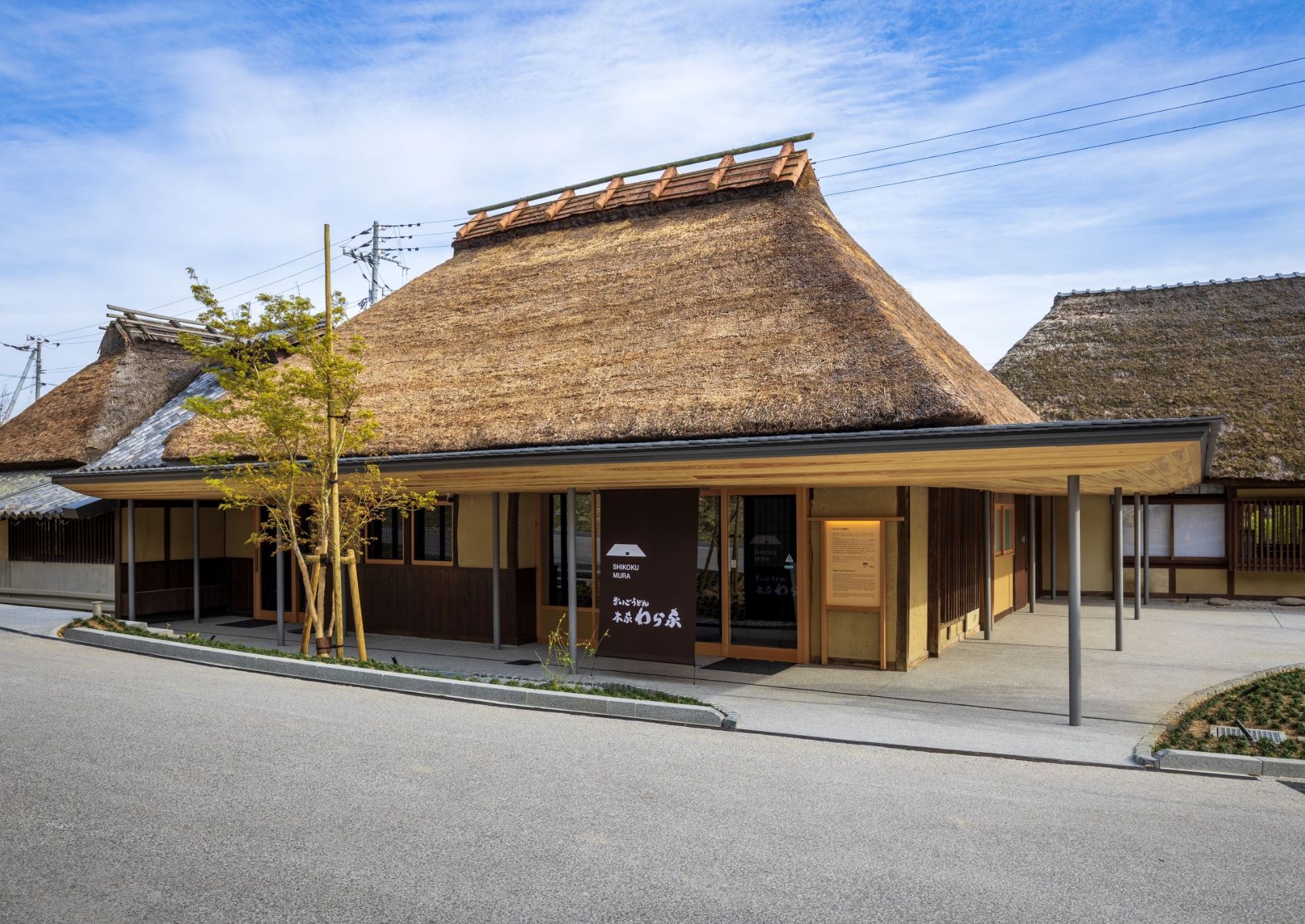
Zaigo Udon Honke Waraya, Kagawa
Photograph courtesy of zaigoudonhonkewaraya
Kagawa Prefecture, in the north of Shikoku, is the smallest of Japan’s prefectures, and is best known for its beloved sanuki udon culture. You can get a taste of it at Shikokumura, an open-air museum that brings Kagawa’s rural past to life, gathering traditional houses and buildings relocated from across Shikoku. Among them, is Zaigo Udon honke Waraya, an Edo-period thatched farmhouse that now serves handmade udon. One specialty is zaigo udon, a dish named after the local word zaigo (meaning “living in the countryside”), conveying the flavors and spirit of the region’s traditions. You can also try shoyu-mame, broad beans marinated in soy sauce — a simple but rich taste that reflects Kagawa’s agricultural heritage. A visit to Shikokumura and Waraya is essentially a journey into Kagawa’s culinary and cultural heart.
From Takamatsu, take a limited express train for two and a half hours and you will reach Matsuyama, the capital of your next destination, Ehime Prefecture.
Ehime
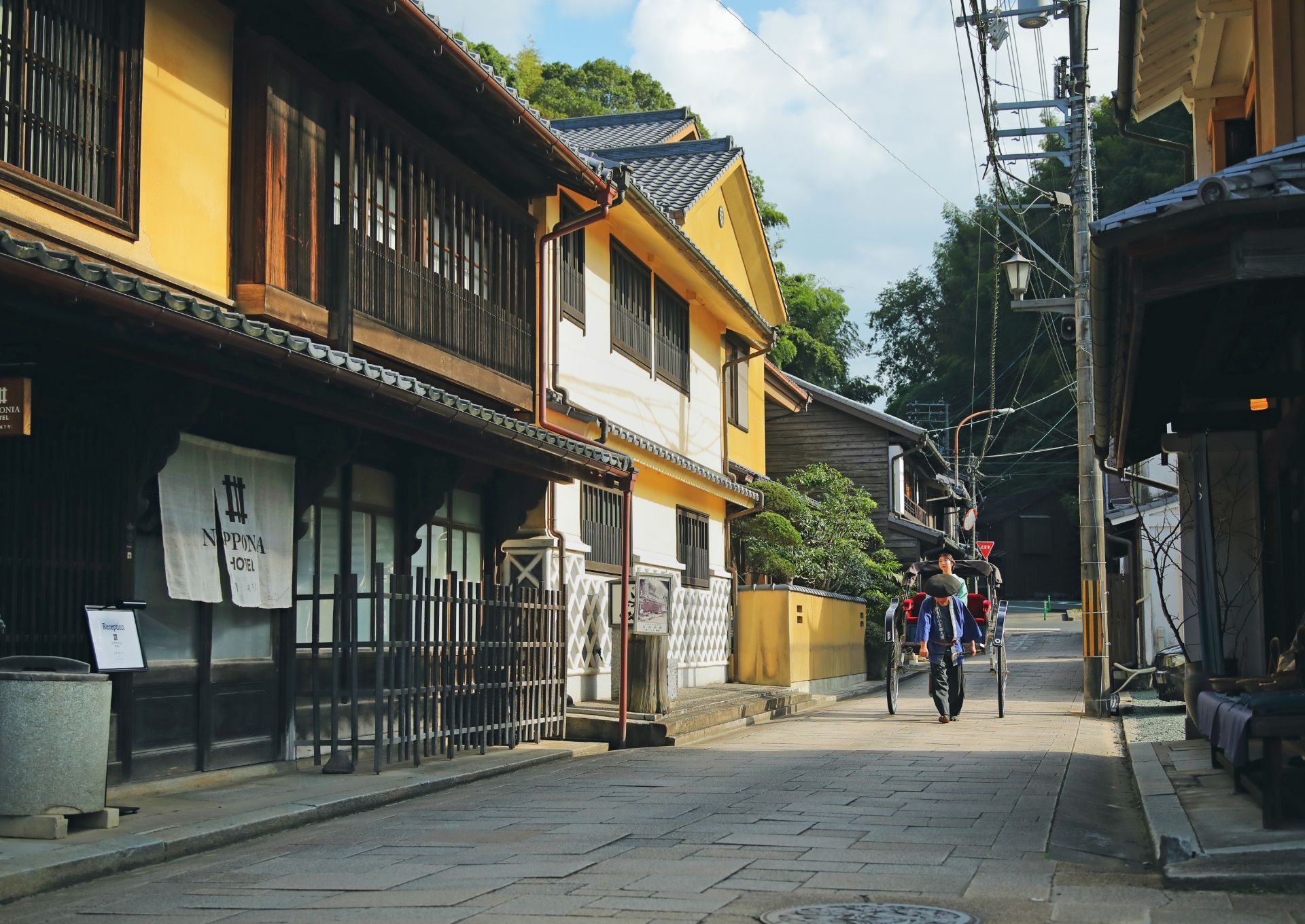
Ōzu, Ehime
Situated in the western part of Shikoku, Ehime Prefecture is a region where tradition and everyday life come together harmoniously. A perfect example of this can be found in Ozu, a castle town that has preserved its historical character while offering modern hospitality. The townscape is a mix of restored architecture, from the fully reconstructed wooden Ozu Castle to the refined elegance of Garyu Sanso Villa and the cultural heritage of Nyoiji Temple and Sukunahikona Shrine. Strolling through the streets, you’ll encounter folk houses reborn as cozy hotels, cafés serving local specialties, and pottery stores, all contributing to an atmosphere that evokes the eras from Edo to Showa. Ozu is more than a place frozen in time: it’s a living community where the past is carefully maintained and shared. Visiting this area will nurture understanding of the culture, craftsmanship, and the beauty of everyday tradition.
From Matsuyama, you leave Shikoku and continue your journey to Chugoku, arriving at Hiroshima by boat trip in around 70 minutes
Hiroshima
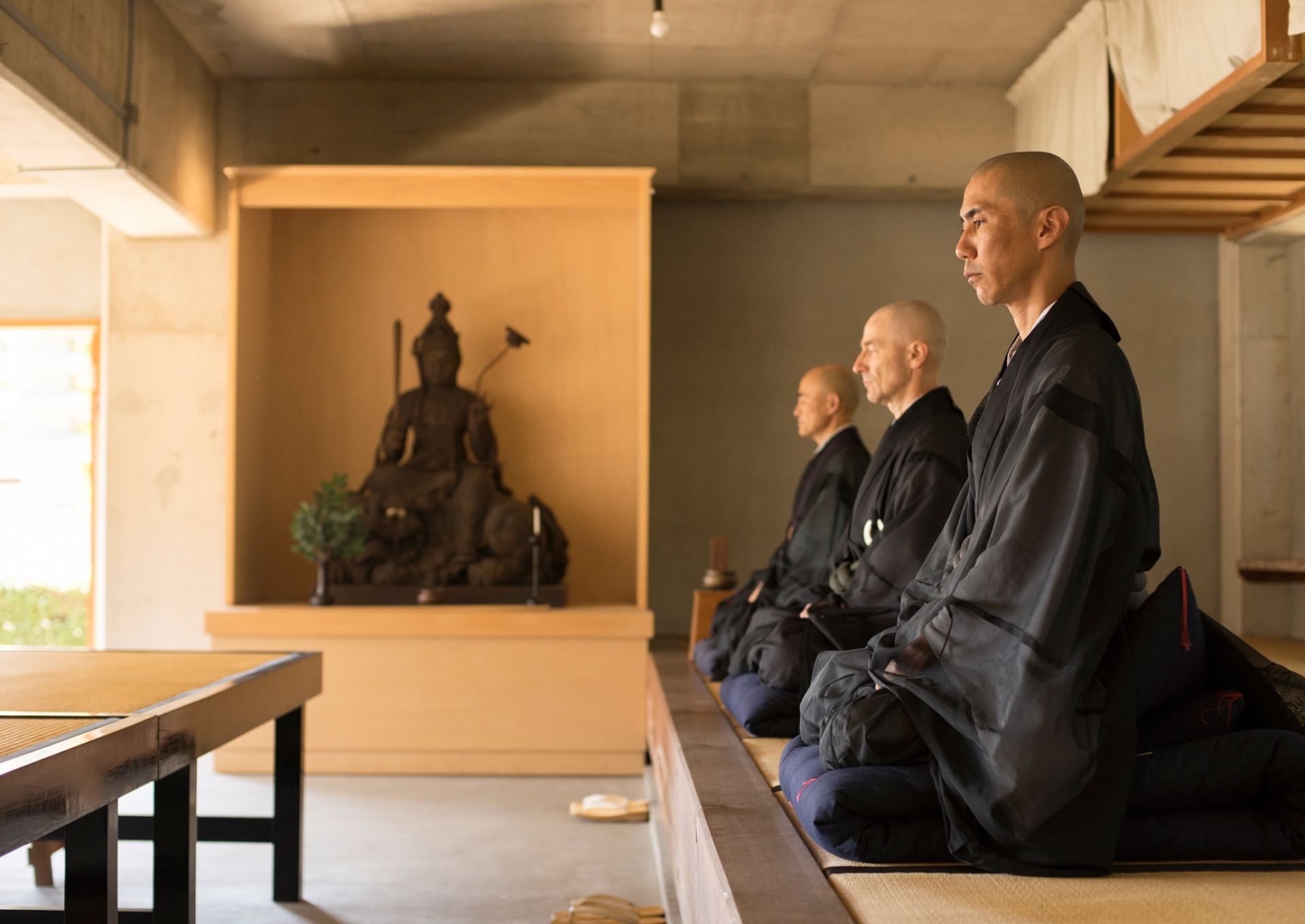
Shōshōji Zen and Garden Museum, Hiroshima
Hiroshima Prefecture offers more than its well-known historical and sightseeing sites: it's also a destination for spiritual reflection and artistic discovery. In Fukuyama City, the Shinshoji Zen Museum and Garden welcomes you into the world of Zen through multisensory experiences. Founded in 1965, this temple of the Rinzai Zen sect invites you to participate in zazen meditation, tea ceremony, and sutra copying, in addition to enjoying shojin vegetarian cuisine. Besides beautiful landscaped gardens, the grounds feature historical treasures including a 17th-century relocated building, a restored tea house by Sen no Rikyu, and a building by architect Terunobu Fujimori incorporating pine trees. In the Shogondo gallery, you can admire a unique collection of works by Zen master Hakuin Ekaku, while the art pavilion "Kohtei", where visitors can experience Zen through contemporary art, is also a highlight. Shinshoji is a space designed to restore the mind and body through a blend of tradition, nature, and art.
From Fukuyama, a one-hour trip by Sanyo Shinkansen will bring you to your next stop, Yamaguchi.
Yamaguchi
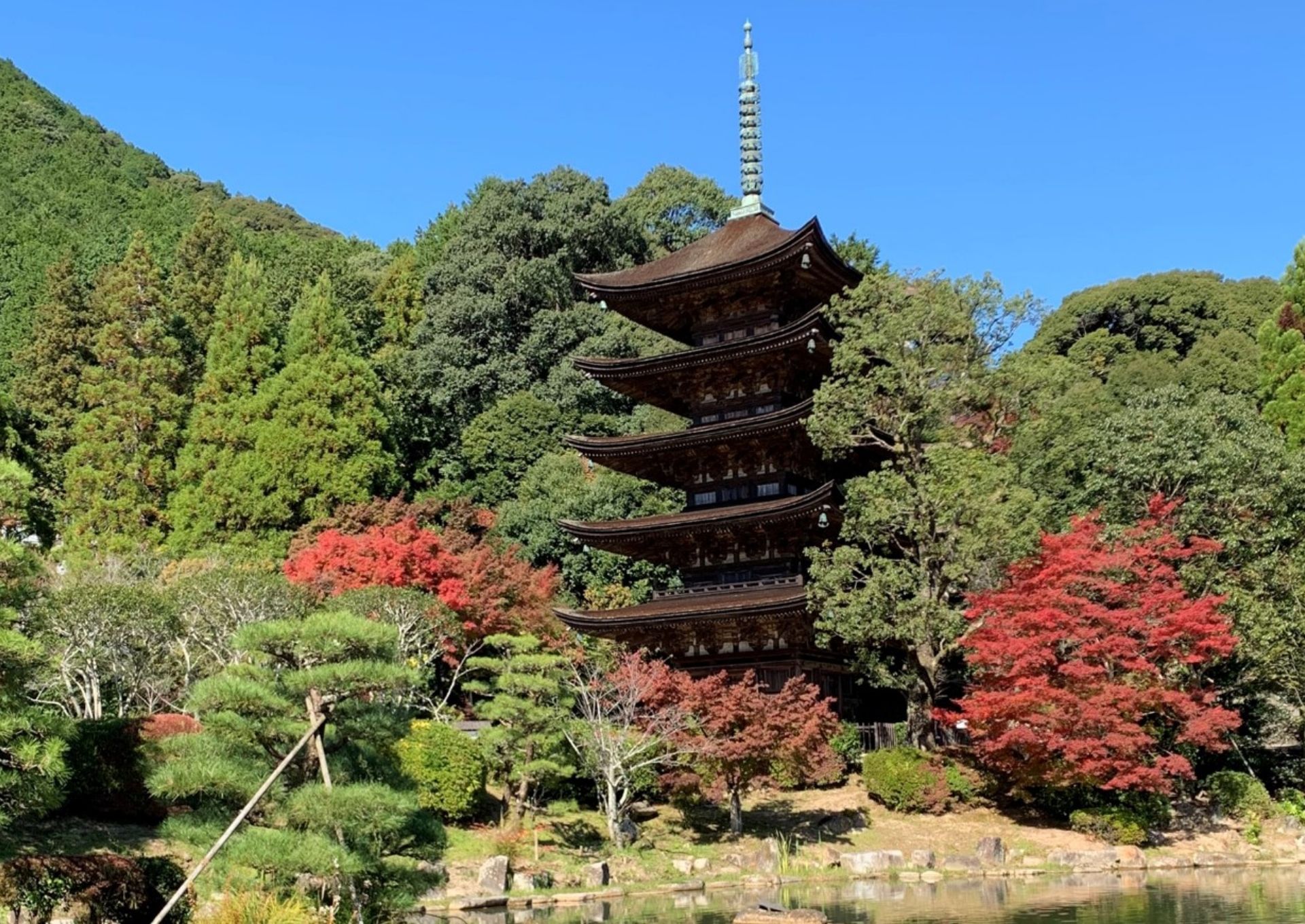
Rurikoji Temple, Yamaguchi
Photograph courtesy of Yamaguchi Tourism and Convention Association
Yamaguchi, the westernmost prefecture of Honshu, is a quiet and rural region with many sites of great historical heritage, as well as stunning scenery and relaxing hot springs. In Yamaguchi City, the Five-Storied Pagoda of Rurikoji Temple is one of Japan’s three most famous pagodas. Built in 1442 to honor the spirit of a samurai clan leader, it stands about 31.2 meters tall, with a cypress bark roof. The architectural style is predominantly Japanese, with some Chinese elements incorporated. Its elegant silhouette showcases the artistry of wooden craftsmanship and aesthetic sensibility. Inside, a sitting statue of Amida Nyorai adds to its spiritual depth. The pagoda’s serene presence harmonizes with the beauty of each season, cementing it as a beloved landmark throughout the year. Set within Kozan Park, home to a pond and plum groves, Rurikoji offers you a chance to stroll and reflect in nature’s inherent peacefulness.
From Yamaguchi, take a limited express train to reach your next destination, Shimane Prefecture.
Shimane
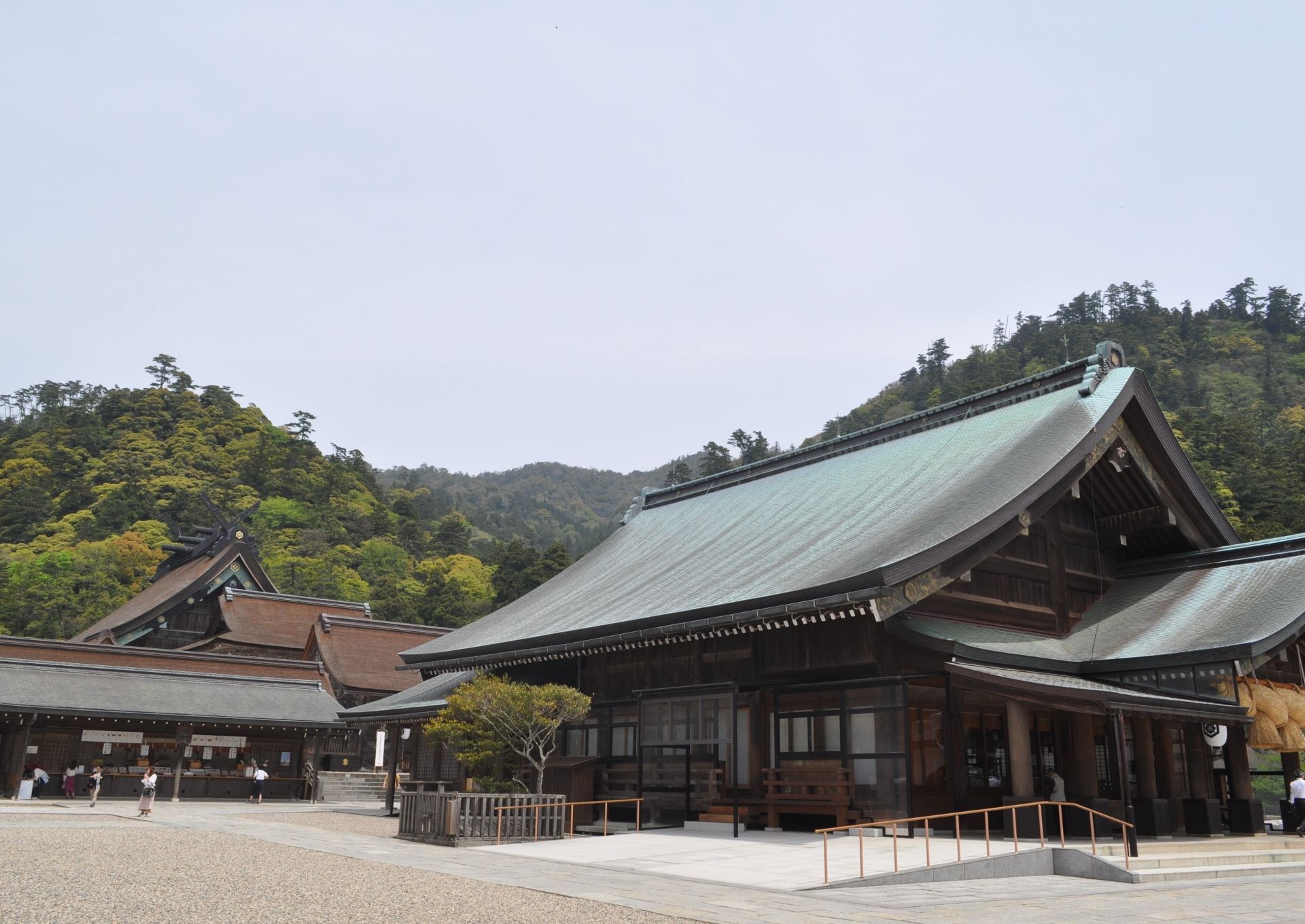
Izumo Taisha Grand Shrine
Shimane Prefecture faces the Sea of Japan, stretching from east to west. It’s a region steeped in Japan’s mythology. In Shimane, countless Japanese gods gather every year, hence its charming nickname “Land of Gods.” The exact location of this godly gathering is Izumo Taisha Grand Shrine, one of Japan’s most sacred and ancient shrines. Surrounded by forests, this shrine is dedicated to Okuninushi, the deity of en-musubi, or sacred connections. His stories, including the healing of the “White Hare of Inaba,” speak of compassion and wisdom, and of his contribution to the land’s development. Today, many come to Izumo Taisha to seek blessings not only for romantic ties but for all meaningful relationships: between individuals, with nature, and across time. The shrine’s atmosphere invites you to slow down and reflect on the invisible threads that connect us all.
From Izumo, a limited express train will take you directly to your next destination, Tottori Prefecture, in approximately two hours.
Tottori
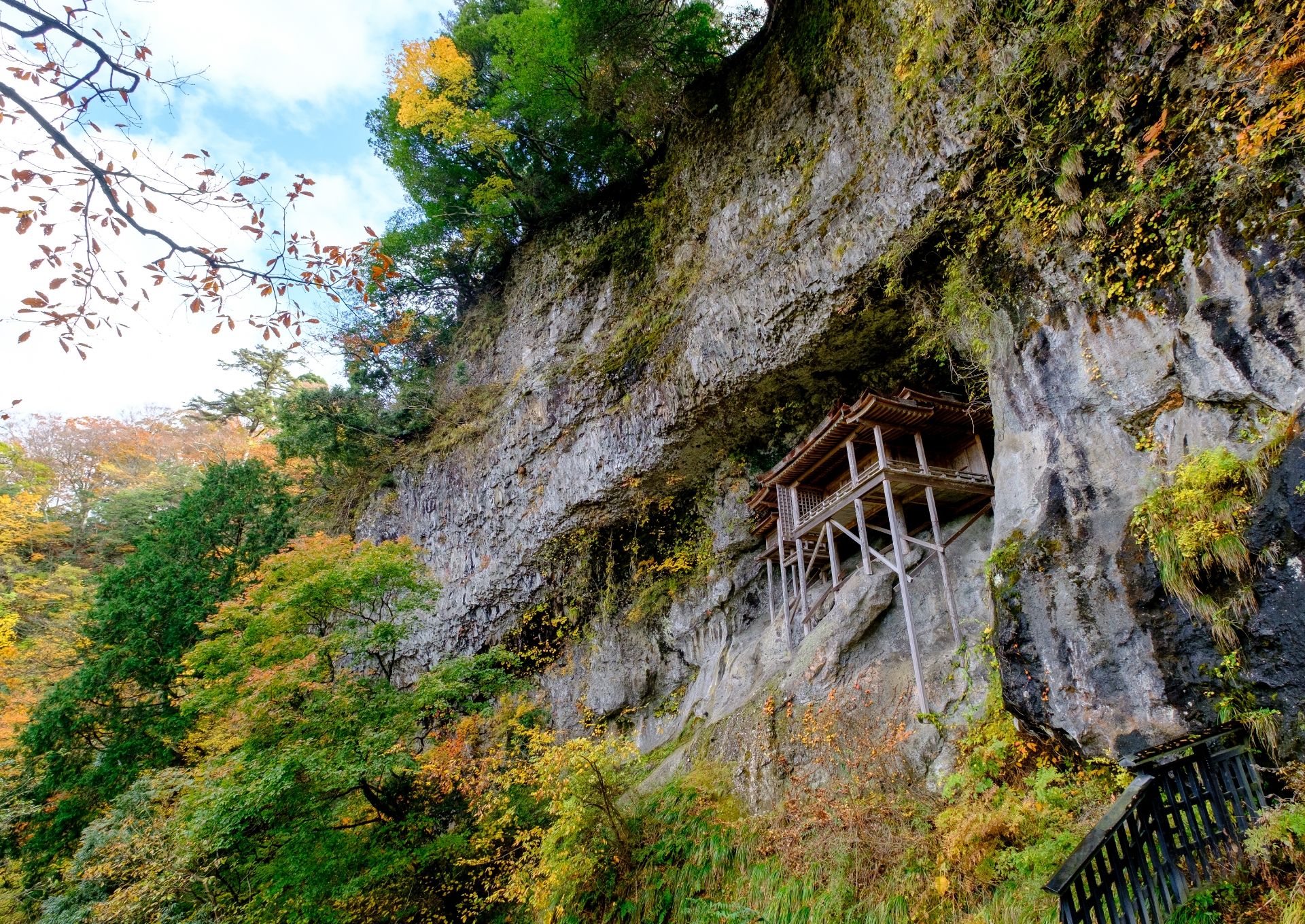
Mount Mitoku, Tottori
Photograph courtesy of Misasa Onsen Tourist Information Center
Tottori Prefecture is located along the Sea of Japan coast and is renowned for its dunes, unspoiled nature, and spiritual traditions. Mount Mitoku and the nearby hot spring town of Misasa offer a unique experience where healing and ascetic practice come together. At Misasa Onsen, you can soak in radon-rich waters with over 850 years of history. These waters are also believed to purify both body and mind. Traditionally, those undertaking rigorous ascetic training on Mount Mitoku began their journey here, cleansing themselves before entering the sacred mountain. Mount Mitoku is a revered Shugendo site, whose founding is linked to the legend of a lotus petal falling from the sky, marking it as a place where gods and Buddhas dwell. Together, Misasa and Mount Mitoku embody a typical Japanese philosophy that sees the sacred in nature itself.
Limited express train Super Inaba connects Tottori directly to your next destination, Okayama, in less than two hours.
Okayama
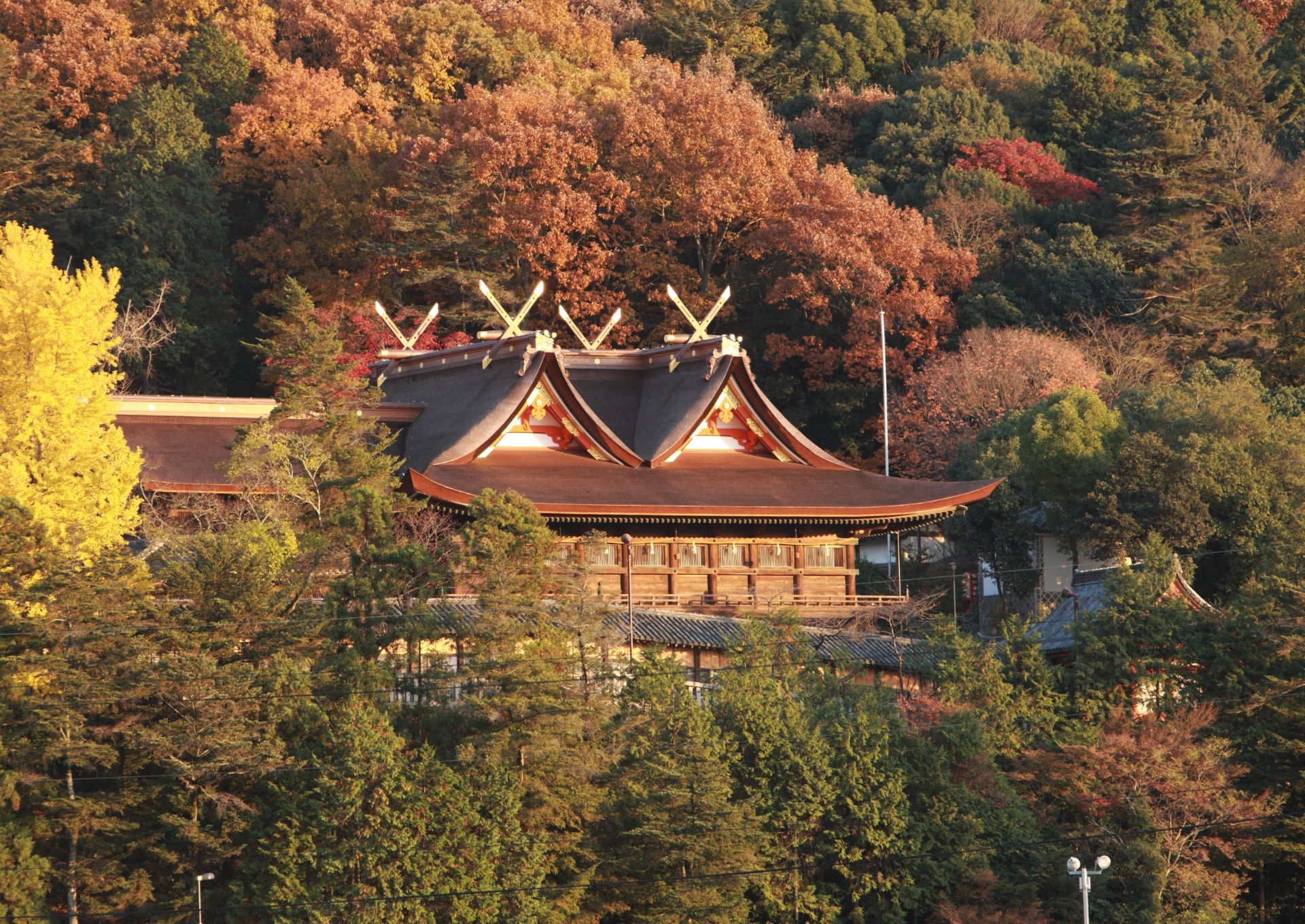
Kibitsujinja, Okayama
Photograph courtesy of Kibitsujinja
Okayama Prefecture is located along the Seto Inland Sea in the Chugoku region and is known for its rich heritage and connections to Japanese folklore. One of its historic and cultural landmarks is Kibitsujinja Shrine in Okayama City. The shrine’s main hall, built in the rare Kibitsu-zukuri architectural style, is designated a National Treasure. Dedicated to Okibitsuhiko no Okami, this ancient shrine served as the guardian shrine of the former Kibi Province and has long drawn the devotion of locals. The legendary tale of Kibitsuhiko's battle against the demon Ura is said to have inspired the famous Japanese folktale of Momotaro. Even today, traditional rituals linked to this mythology are carefully preserved, including the popular Narikama Ritual, where the rumbling sound of the cauldron heated to boil water is used for fortune-telling. At Kibitsu Shrine, you can step into a living tradition where legend, ritual, and architecture come together in a timeless atmosphere.
Traveling through Chugoku and Shikoku, you don’t just witness Japan’s traditions: you feel them nurturing your spirit. This journey through serene landscapes and spiritual places offers a quiet path to inner peace and gentle renewal.
Public Transport Operators
-
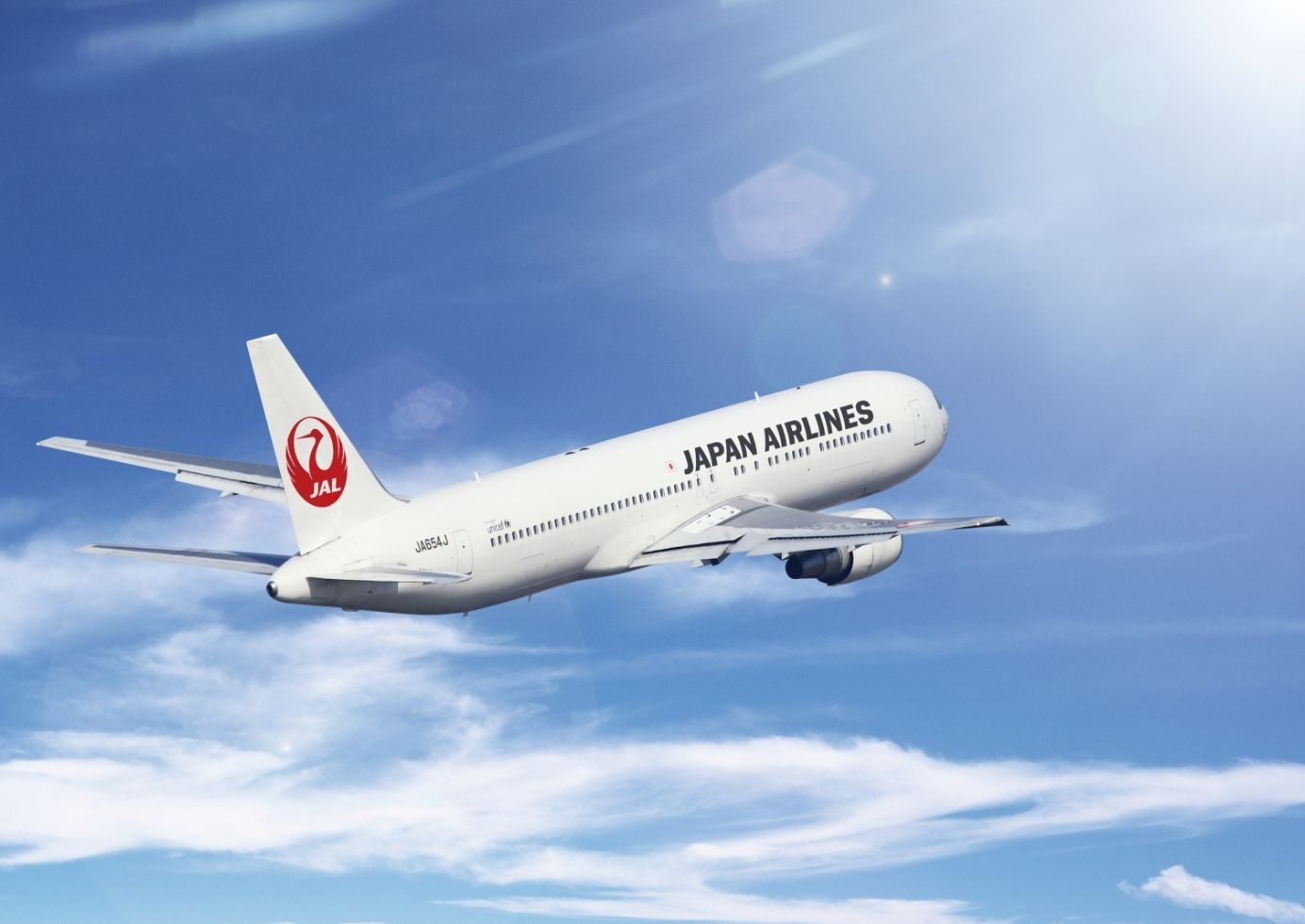
JAL
Japan Airlines operate bound for Chugoku and Shikoku region at 8 Airport( Hiroshima,Takamatsu and so on) and 45RT/Daily, Also We provide Domestic Discount flight. We look forward to your patronage.
-
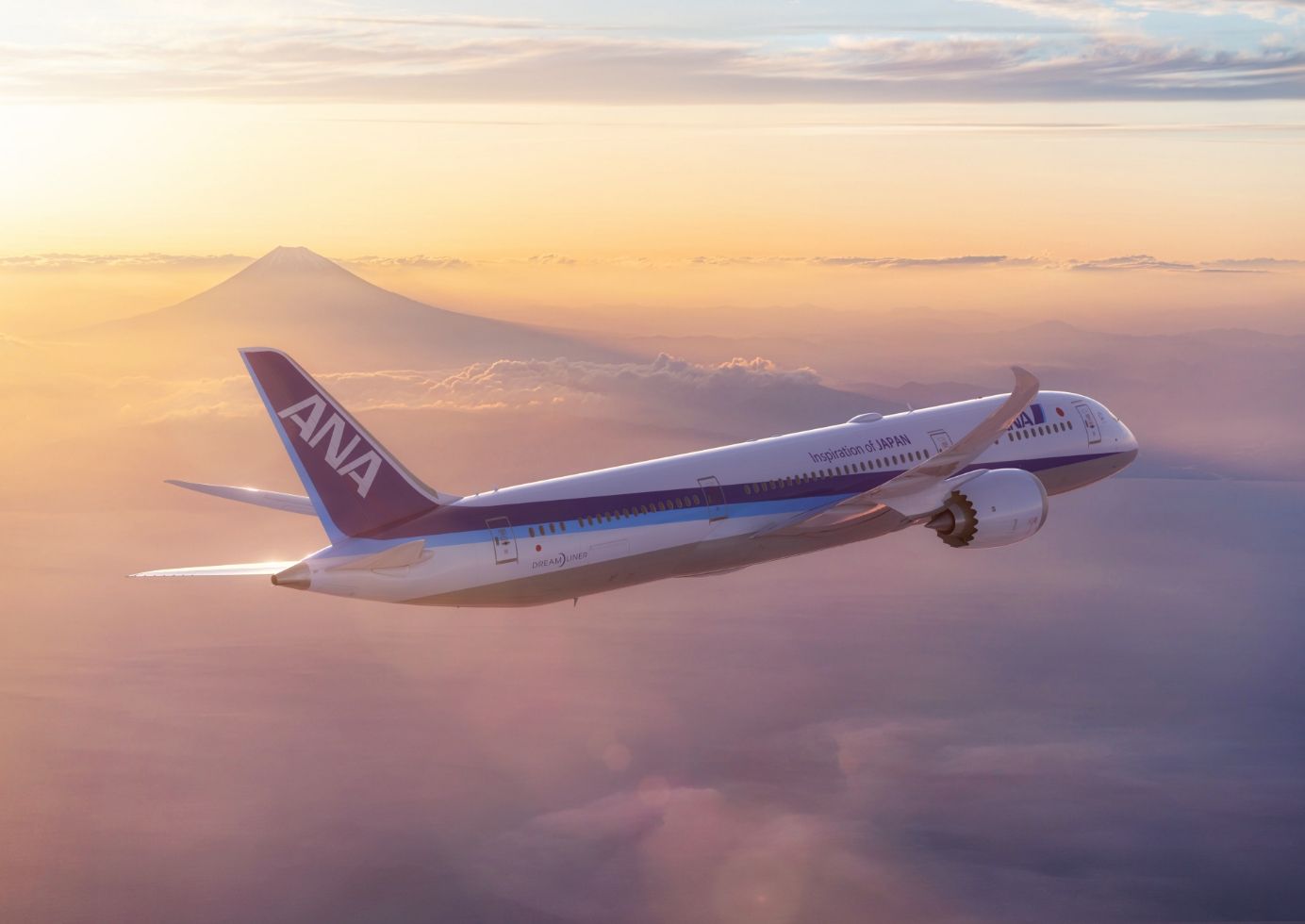
ANA
Travel becomes more exciting with ANA. We have an extensive network connecting Japan and the world — including service to over 50 airports nationwide. With warm Japanese hospitality, ANA offers convenient access across the country, making every journey more comfortable and turning your trip into a special memory.
-
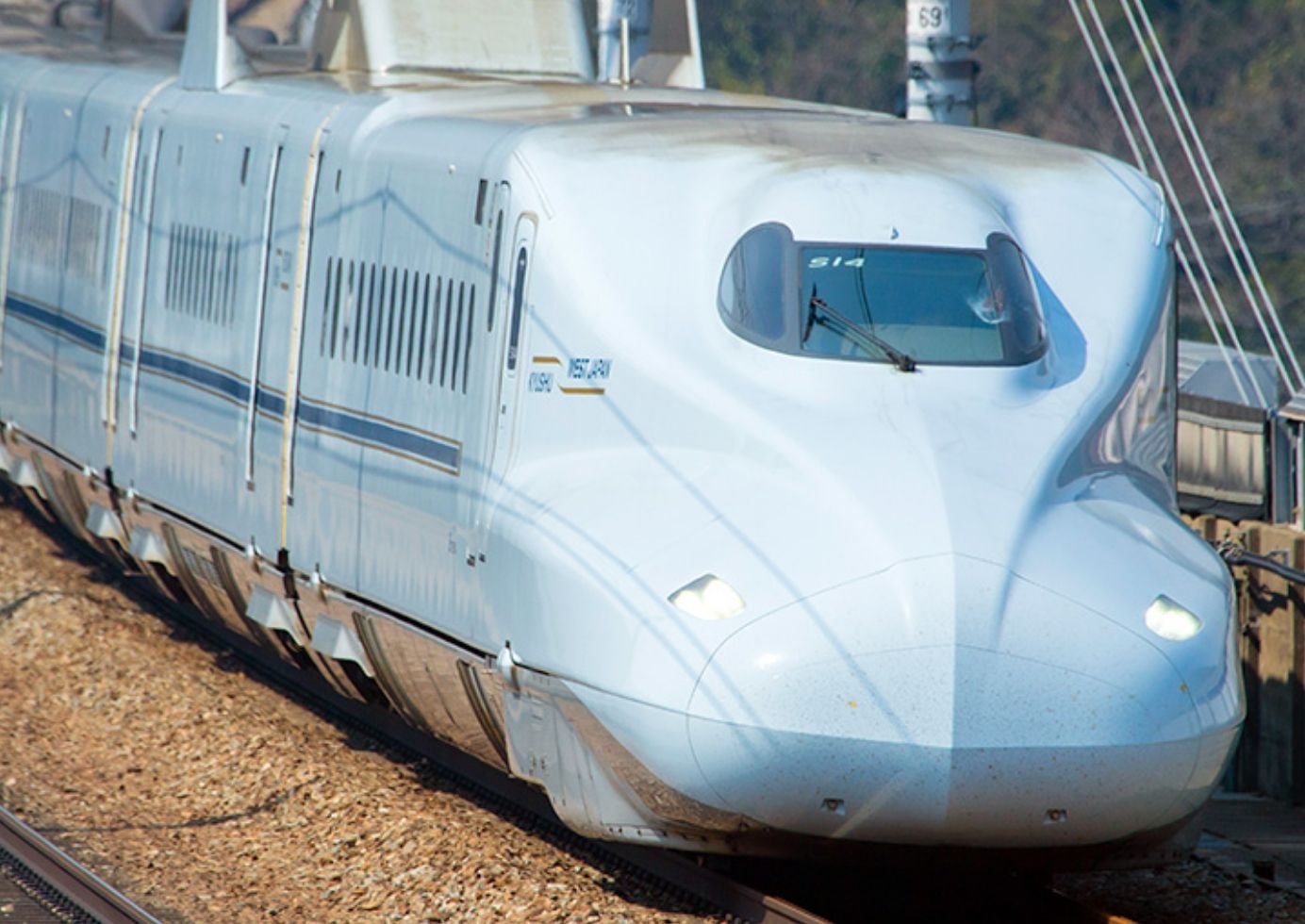
JR West
With the Sanyo-Shinkansen and a network of Limited Express trains, JR-WEST makes it easy to explore Kansai, Chugoku and Shikoku areas. Among our many rail passes for international visitors, the Setouchi Area Pass offers unlimited travel to major destinations such as Osaka, Okayama, Hiroshima and Kagawa—an ideal way to discover the charm of western Japan.
As one of Japan’s leading railway companies, JR-WEST is committed to safe, reliable travel and to promoting regional tourism. -
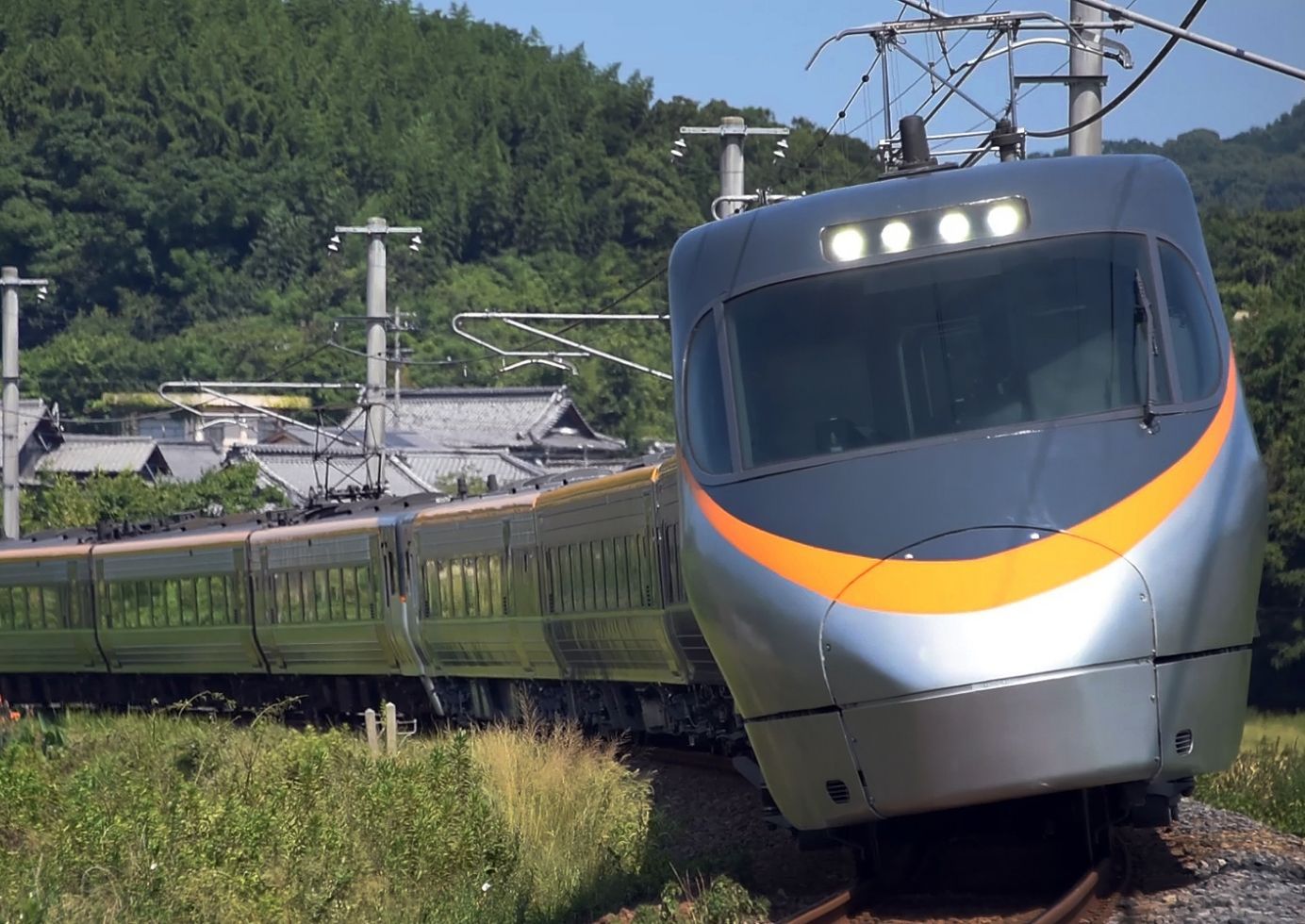
JR Shikoku
JR Shikoku provides safe, reliable, and comfortable travel across the island through its extensive railway network. With a variety of special passes, passengers can enjoy convenient and affordable travel. The railway also operates special sightseeing trains, offering an exciting way to discover the many charms of Shikoku.
